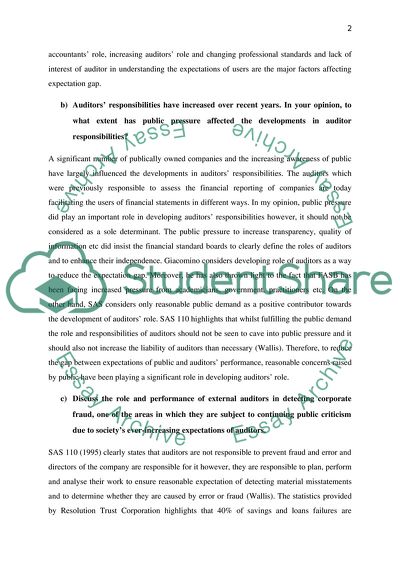Cite this document
(Audit Expectation Gap in Auditor Responsibilities Assignment, n.d.)
Audit Expectation Gap in Auditor Responsibilities Assignment. Retrieved from https://studentshare.org/finance-accounting/1743637-financial-system-and-auditing
Audit Expectation Gap in Auditor Responsibilities Assignment. Retrieved from https://studentshare.org/finance-accounting/1743637-financial-system-and-auditing
(Audit Expectation Gap in Auditor Responsibilities Assignment)
Audit Expectation Gap in Auditor Responsibilities Assignment. https://studentshare.org/finance-accounting/1743637-financial-system-and-auditing.
Audit Expectation Gap in Auditor Responsibilities Assignment. https://studentshare.org/finance-accounting/1743637-financial-system-and-auditing.
“Audit Expectation Gap in Auditor Responsibilities Assignment”. https://studentshare.org/finance-accounting/1743637-financial-system-and-auditing.


